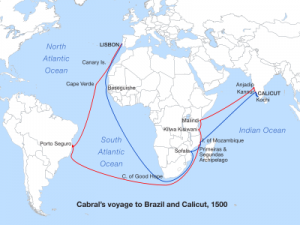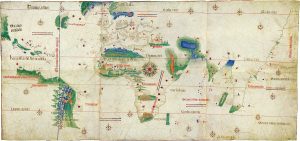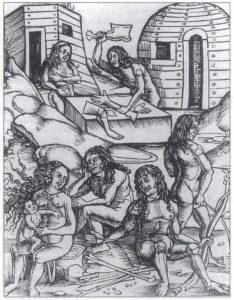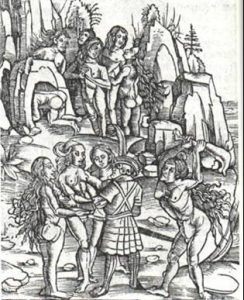Question: How did racial stereotypes influence the treatment of slaves and ex-slaves during and after the Haitian Revolution?
Answer:
During the Haitian Revolution, some colonists used the violent act insurrectionists committed as an excuse to marginalize black and mulatto people. For example, Antoine Dalmas was a colonist who wrote a detailed account of the slave uprising in Saint-Domingue. In his account, Dalmas continually describes the rebelling slaves as “pitiless”. While it is true that the Haitian Revolution was an incredibly violent revolt, Dalmas lets his prejudice black and mix-raced people influence his narrative. “It is natural that a caste this ignorant and stupid would begin the most horrible attacks with the superstitious rites of an absurd and bloodthirsty religion.” Instead of being surprised by the violence committed by the slaves, Dalmas implies that the events of the Revolution have merely affirmed his preexisting notions regarding a people he considered moral inferiors. Furthermore, Dalmas does not mention the evils of slavery or any crimes committed by the French or other Europeans.
Unfortunately, Dalmas was not alone in his assumption. The plantation owner Pierre Mossut described the insurrectionists as “horde of assassins” and also as “fanatics” in a letter to the Marquis de Gallifet, his employer. He too does not discuss anything he may have done to provoke the rebellion.
On the other hand, many colonists used the claim that non-white people were lazy to argue against emancipation. They claimed that if the enslaved population was freed, they would no longer have workers to sustain the colonial economy. To avoid this issue, some Europeans who did oppose slavery in the New World advocated for laws forcing former slaves to continue working for their colonial masters. For example, Léger Félicité Sonthonax argued in favor of immediate emancipation and total equality based on race except that he believed former slaves should continue in their previous positions but should receive compensation. Étienne Polverel took the idea further, adopting a condescending tone to shame any slave who should wish to work less than six days a week. Polverel also believed that women should receive less pay than men for the same work-hours, as he believed that women were inherently weaker and could not produce the same economic benefits necessary to sustain the economy.




